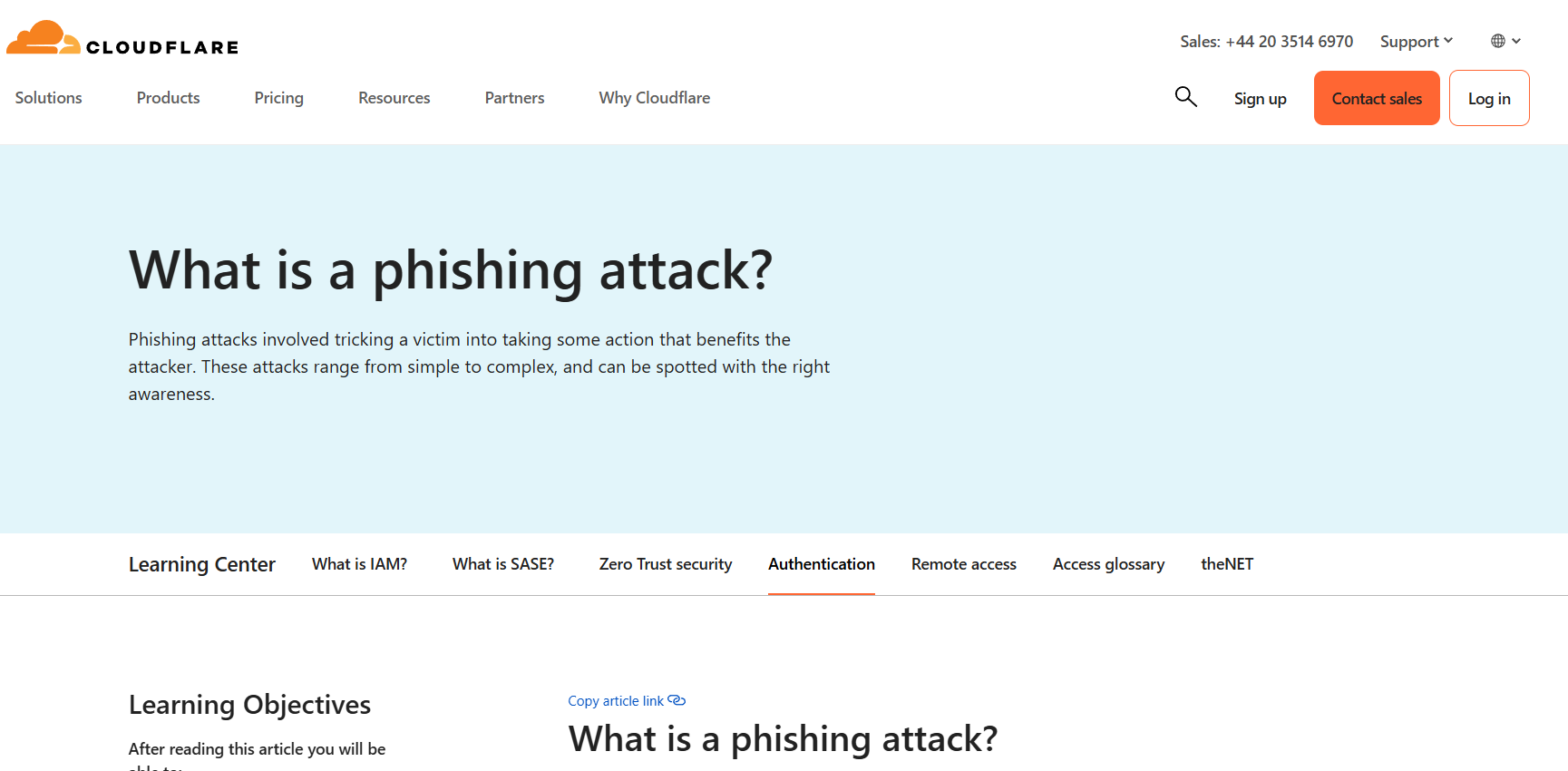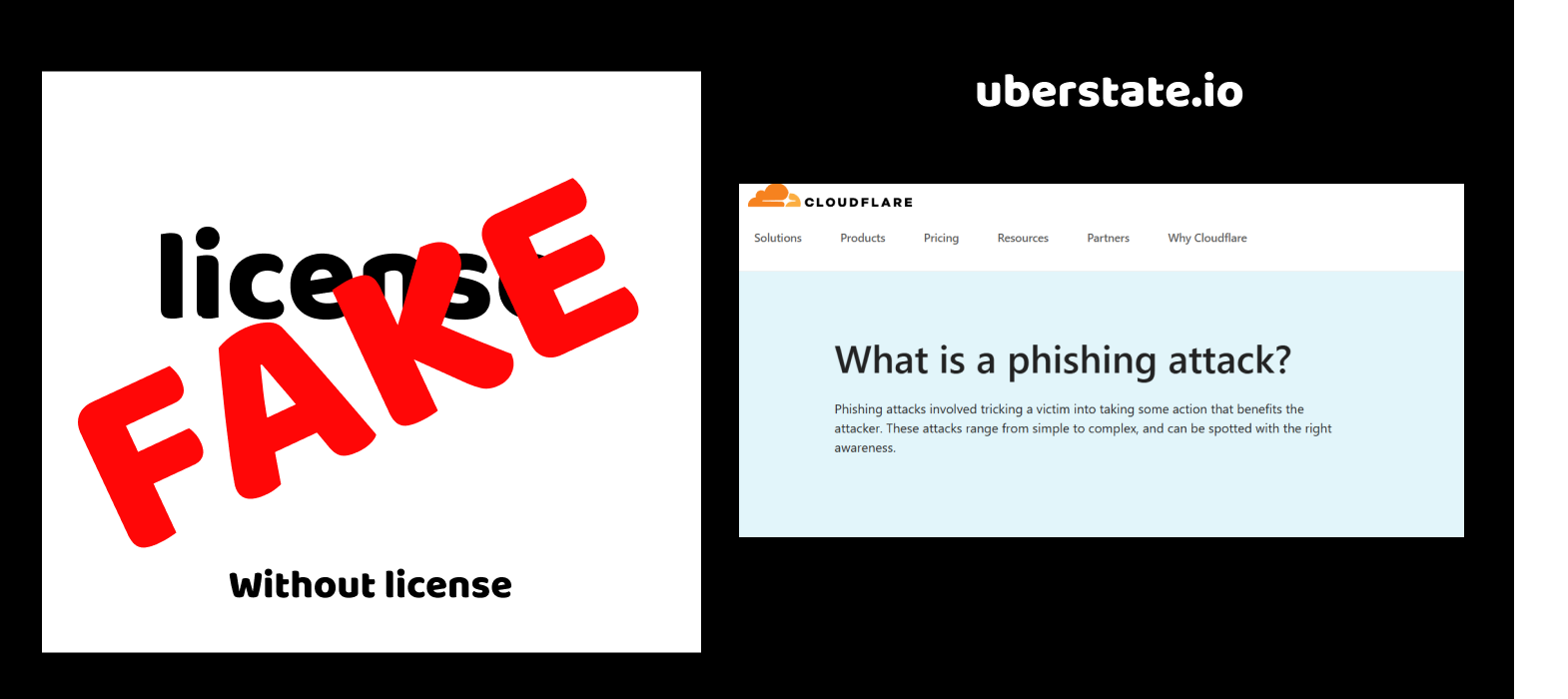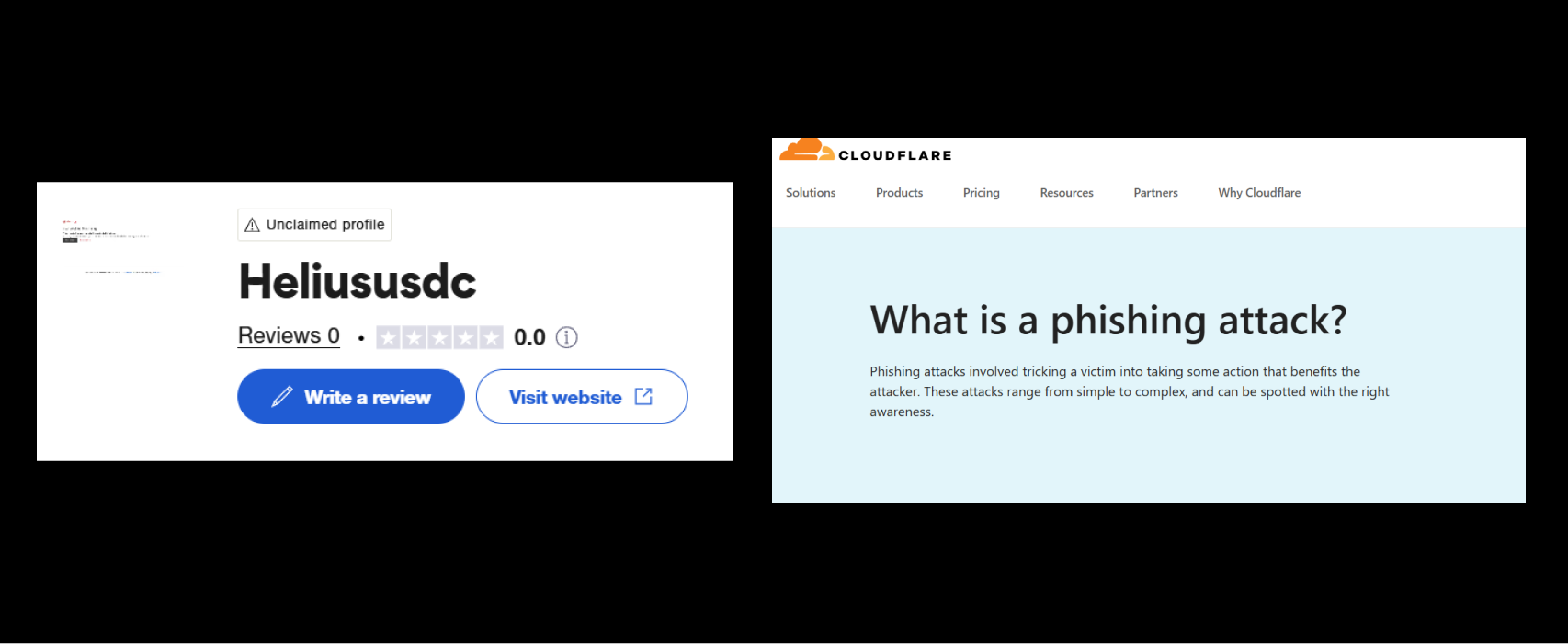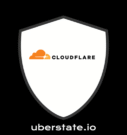Cloud Flare Review — A Broker Wrapped in Illusion?

The name Cloud Flare might sound familiar — and no, we’re not talking about the internet security company. This is something else entirely. A new “brokerage” has popped up under the same name, hoping to ride on the reputation of a trusted brand. Clever? Maybe. But also incredibly shady.
At first glance, the website looks sleek. Promises of fast withdrawals, tight spreads, and professional support are plastered all over it. You land on the homepage and it screams legitimacy — but only if you don’t look too closely.
Because once we started digging into Cloud Flare, the cracks appeared fast. And the deeper we went, the more it became obvious: this isn’t just another ambitious trading platform. It looks like a textbook example of how scammers dress up to look like the real deal.
Why would a trustworthy broker rely on fake licenses, newly registered domains, and recycled, suspiciously enthusiastic reviews?
That’s exactly what we’re about to break down in this Cloud Flare review. Buckle up.
| Parameter | Details |
| Broker Name | Cloud Flare |
| Website Domain | cloudflare.ltd |
| Domain Registration Date | 2024-01-18 |
| License Type | Fake |
| Account Types | Not specified |
| Maximum Leverage | Up to 1:500 |
| Contact Email | [email protected] |
| Phone Number | Not provided |
| Trustpilot Score | 3.5 / 5 |
| Review Quality | Mostly fake-looking positive reviews |
Argument 1: Domain Creation Date — Something Doesn’t Add Up
When we checked the domain creation date of Cloud Flare, we immediately noticed a red flag. The domain was registered on January 18, 2024. But wait — doesn’t that seem a little off?
Let’s think about this. A supposedly serious brokerage firm, which claims to offer advanced trading platforms, top-tier security, and client support, was only just born in 2024? How does that line up with the image of a “trusted global broker” that they’re so desperately trying to push?
The site wants us to believe it’s a well-established company. But how many trusted financial institutions do you know that pop up overnight like mushrooms after the rain?
If this were truly a long-standing and reputable broker, its domain wouldn’t be younger than a freshly registered Instagram meme page. That’s not just a minor detail — it completely undermines the trustworthiness of the entire operation. And if the project is that fresh, it begs the question:
Why are they already going full-speed with client onboarding, promotions, and “investment opportunities”?
Reputable brokers build their presence over time — they don’t just show up out of nowhere and immediately start handling people’s money.
This pattern — brand-new domain, rushed marketing, and big promises — is classic among scam operations. They set up quickly, bait clients fast, and disappear even faster.
So yeah, the fact that Cloud Flare’s domain was registered only in early 2024? That’s not just a small technicality. That’s a big, flashing warning sign.
Argument 2: Fake License — A Classic Disguise
After digging into Cloud Flare’s regulatory claims, it became clear that something wasn’t right. The so-called license they list is issued by an organization that, to put it mildly, holds zero real authority in the financial world. In our internal table, we marked this license as Fake, and here’s why that matters.
Let’s break it down. Legitimate brokers are licensed by strict, recognized bodies like the FCA (UK), CySEC (Cyprus), or ASIC (Australia). These regulators don’t just hand out licenses like candy — they require strict compliance, capital reserves, regular audits, and full transparency.
But Cloud Flare? They’re hiding behind a license from an offshore, unrecognized entity that doesn’t provide any real oversight. Basically, anyone with a few hundred bucks and a nice-looking logo can set up a “regulator” like this. It’s a paper shield — and they know it.
And here’s a key question:
Why would a “reliable” broker avoid regulation by serious authorities and instead cling to a fake one?
Because real regulators would shut them down before they even opened the first client account. They wouldn’t survive a week under real scrutiny.
This fake license exists for one purpose: to mislead inexperienced traders. It creates the illusion of security, while in reality, clients have no legal protection. If the company vanishes with your funds — and many of these do — there’s no one you can complain to. No insurance. No investigation. Nothing.
So once again, we see the same familiar play: flashy site, fake documents, and zero accountability. Cloud Flare isn’t regulated — they’re just pretending to be.

Argument 3: Suspicious Reviews and a Trustpilot Score That Doesn’t Match the Hype
When we checked Cloud Flare’s profile on Trustpilot, we were met with another classic scam pattern. The overall rating? Just 3.5 out of 5. That alone doesn’t scream credibility, especially when they’re claiming to be a top-tier brokerage. But the number itself is only half the story.
Let’s look at the reviews.
The positive ones — and this is where it gets weird — read like they were all written by the same person. Short sentences, generic praise, no specifics. Stuff like:
“Great service, fast withdrawals, I recommend!” or
“Very professional broker, love the support.”
But here’s the thing: real users talk about details. They mention the platform, trades, customer service experiences, even specific issues or wins. These reviews? They look like they were copied, pasted, and mass-posted with slight variations. Like someone was just trying to pump up the score.
Even the timing of the reviews raises eyebrows — many were posted close together, in batches. That’s not how organic feedback works.
And then, on the flip side, there are the negative reviews. These actually go into detail. People talk about money being blocked, support disappearing, accounts getting locked. And not just one or two — this is a recurring theme. These are the voices that sound real.
So ask yourself this:
If a broker is so trustworthy, why do only the negative reviews seem believable?
Fake reviews are a tell-tale sign. It means they’re actively trying to cover up bad press. It means they know the service isn’t good, so they’re trying to flood the internet with fluff.
In the end, Trustpilot is just the mirror — and in Cloud Flare’s case, the reflection isn’t pretty.

Final Verdict — Cloud Flare Is Playing a Dangerous Game
After walking through every layer of Cloud Flare’s operation, the picture is more than clear — it’s constructed. Built to look like a real broker, but stripped of everything, and I mean everything, that gives a platform real credibility.
Think about it:
– A domain registered just months ago, yet they’re already marketing themselves as seasoned pros.
– A fake license issued by a no-name authority, giving clients zero real protection.
– Trustpilot reviews that reek of automation, with real negative feedback buried underneath the noise.
Each of these might seem like a small red flag on its own, but together? This is a full-blown warning flare in the sky.
So here’s the big question: why would a legitimate broker need to fake so much?
Because it’s not legitimate. Scammers don’t care about building long-term trust — they care about pulling in as many deposits as possible, as fast as possible, before disappearing into the void.
Cloud Flare isn’t just suspicious. It fits too perfectly into the mold of hundreds of short-lived, fast-grab scam operations that have come and gone before it.
If you’re reading this and still thinking about investing — stop. There are real brokers out there. Cloud Flare isn’t one of them.






